[well type=””]
This article was originally published on January 23, 2017 and has been updated on March 13, 2017 after Artec has launched the official Leo product page, specs and price. I also included a video of the scanner in action.
[/well]
In my CES2017 round-up post I wrote that Artec — the manufacturer of the Space Spider and Eva I just reviewed — announced two new products: The RobotiScan and a new, portable 3D scanner I didn’t yet know the name of.
Now I do — it’s called Leo and it looks like this:
[column lg=”6″ md=”12″ sm=”12″ xs=”12″ ]
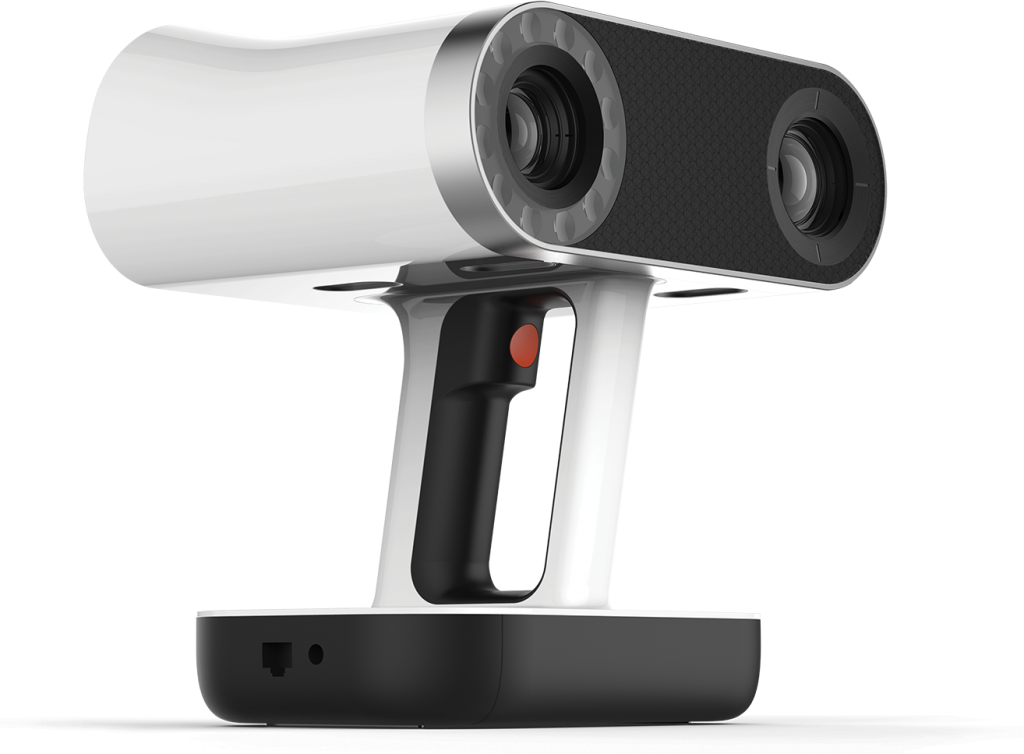
[column lg=”6″ md=”12″ sm=”12″ xs=”12″ ]
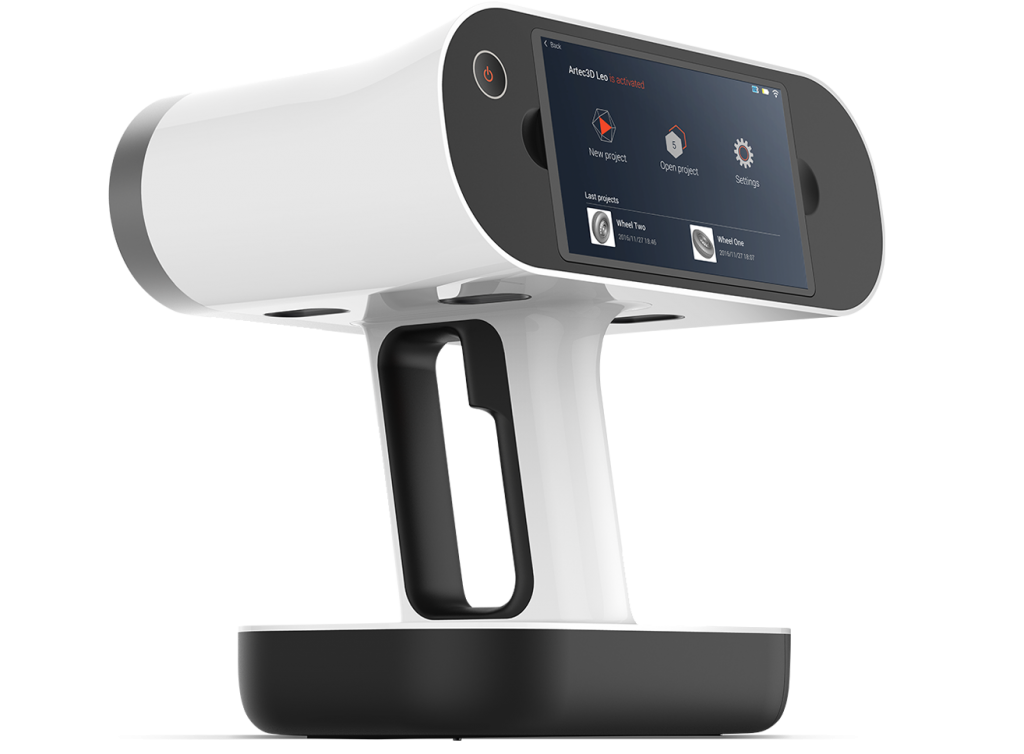
In short: the Leo is an industrial-grade, handheld white light 3D scanner with a built-in battery, screen and computer. In other words: it combines professional quality with the ease-of-use of tablet-mounted depth sensors, like the Structure Sensor.
Not only will I compare the Leo to that entry-level depth sensor, but also to a direct competitor in the form of the Thor3D Drake.
Built-in Battery and Screen
And why portability makes all the difference
I really liked scanning with the Eva and the results even more. Nothing about the user experience revealed that its a 5 year-old device. Except when I used it for freestyle 3D scanning (walking around objects or people) and then used a $379 Structure Sensor on an iPad to test the difference in scan quality. That difference is huge, there’s no discussion possible about the Eva winning there.
But purely looking at the user experience for both myself and people I handed both scanners to that had little-to-no 3D scanning experience, the Eva lost. Don’t get me wrong: for a industrial-grade piece of hardware the learning curve of the Eva isn’t steep at all, but it does require practice and training. Even physical training, because holding a 3D scanning in one hand and a powerful laptop in the other becomes quite intense after a few minutes. And on top of that you need to keep track of the cables, especially if you don’t have the optional Eva battery pack.
While that pack let’s the Eva scan for about 6 hours, I don’t have any info about the Leo’s battery life.
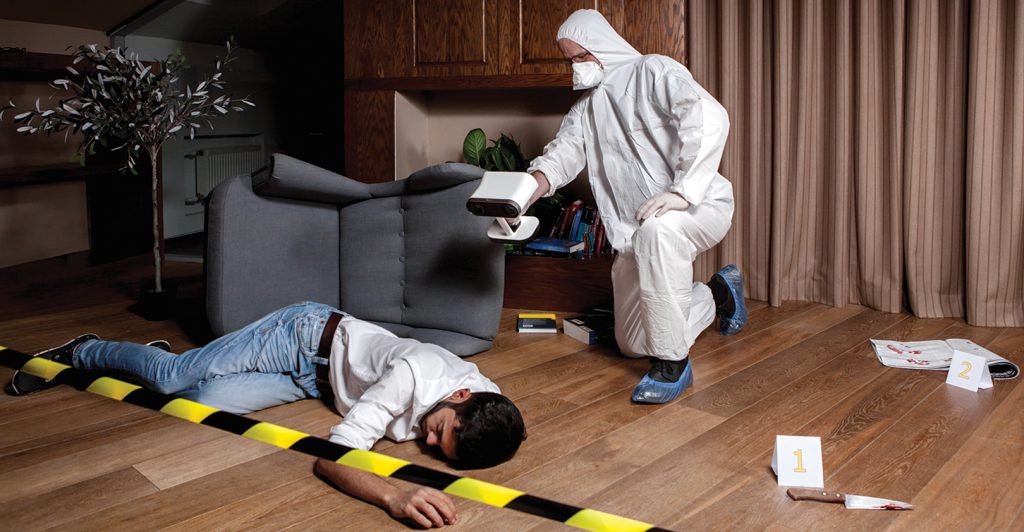
And while the scanning progress preview of a Structure Sensor and the Eva (with Real Time Fusion turned on) are similar, it takes a while to get used to looking at a screen in one hand while moving the scanner with the other when using the Eva. With the Structure Sensor mounted on an iPad, you’re looking directly from the point of view of the scanner like you do when shooting video or photos with a camera or tablet. It’s simply easier for the mind to understand. You can do the same with the Leo, which has a screen size of 5.5″ in diameter — the same size as that of an iPhone 6 Plus.
Video & Sample Scan
Here’s a video of Leo in action:
Introducing Leo (and our rabbit) at @NVIDIAGeForce #jetson #3dscanning pic.twitter.com/WUMJMwoe7N
— Artec3DScanners (@Artec3DScanners) March 8, 2017
While I’m not 100% sure the Sketchfab embed below is indeed a scan made with Leo, it is the same rabbit statuette and it was uploaded on the same day the video was published. So I’m assuming it is.
The polycount (600k) and amount of details are comparable to the scans I made with the Artec Eva but the texture does look better for small object like this.
Built-in Computer & Software
The Leo’s internals are based on NVIDIA’s Jetson TX1 platform. This “system-on-a-chip” (SoC) features a ARM Cortex-A57 quad-core processor (CPU) and an NVIDIA Maxwell 1 graphics processor (CPU) with 256 CUDA cores and 1-teraflop capacity. It includes a 256GB SSD internal drive, so you can make a lot of scans without needing to archive them externally all the time.
The Leo will have it’s own preinstalled software. It will also be compatible with Artec Studio 12, which is expected to be released in April 2017.
After scanning with the Structure Sensor, you can simply stay where you are and interactively check the result on the touch screen. With the Eva, you’ll have to put everything on a table first so you can operate the laptop (or tablet). According to Artec, the software on the Leo can only do the processing in Real Time Fusion (RTF) mode but has wireless connectivity which would make it possible to create a workflow where a scanner operator could send the scan data to a second computer for storage and post-processing using the full range of processing tools in Artec Studio.
It’s good to understand that Real Time Fusion gives you direct results, but the results are usually less detailed than through post processing (e.g. with Sharp Fusion algorithm). An explanation and examples of the difference can be found in my Artec Eva Review.
Size and Weight
The Leo is about the same height (227 mm) and depth (163mm) as the Eva (262 × 158 × 63 mm), but is a lot wider at the top (228 mm) because the projectors and cameras are positioned horizontally now instead of vertically. That’s more similar to the layout of the Stucture Sensor and I guess it makes scanning at up- and down facing angles a easier.
Of course, all this extra embedded hardware does come at a portability downside: the Leo weighs twice as much (4 lb / 1.8 kg) as an Eva (1.9 lb / 0.85 kg). For comparison, Apple’s latest 15″ MacBook Pro weighs the same as the Leo. I’m very curious about how the extra weight impacts the user experience. That will largely depend on how it’s balanced.
Optical Specs
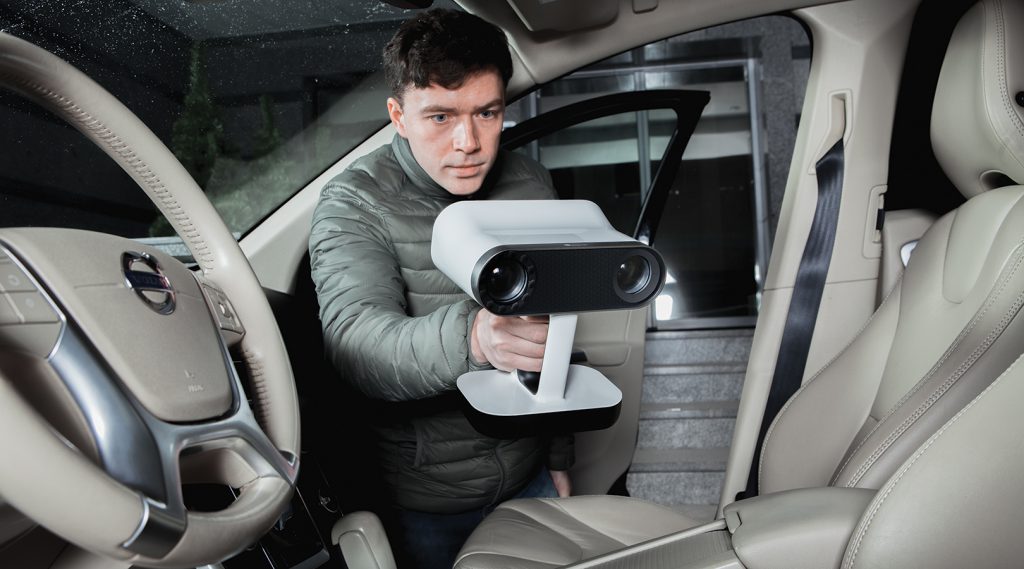
Scanning with an Artec Eva at 16 frames per second works pretty well in most cases, but it’s nowhere near as smooth as scanning with the Structure Sensor which operates at 30 or 60 frames, depending on the application. On top of that, the Structure’s field of view (FOV) allows capturing larger areas at once, resulting in a shorter scanning session. The Leo improves all this: with 80 fps it’s 5x faster than the Eva and its field of view is six times bigger. That’s even beyond many depth sensors, which usually operate at 30fps.
The Artec Leo apparently also has a motion-detection system with 9 Degrees of Freedom (DoF). That might sound a bit weird if you realize that most systems advertise 6 DoF as a sum of the ability to register lateral movement on all three (x,y,z) axis as well as rotation, but this article explains the differences. Anyway, the Leo combines gyroscope, accelerometer and compass sensors to achieve high-precision motion detection — good!
Another minor downside I discovered with the Eva was the 1.3 megapixel color camera. While the overall texture size and quality was good on large objects, it might fall short for smaller ones. With 2.3 megapixels the Leo’s camera has 1.7x more than the Eva.
The Leo uses VCSEL light sources. According the specs of the Eva, that scanner uses “flash bulb (no laser)” as a light source, while VCSEL is a laser. I’ve yet to research the specifics of that, but it apparently makes the Leo usable is a wider variety of lighting condition than the Eva.
What’s also very interesting is that the Leo uses 3D HDR, enabling it to scan black and glossy objects. That’s something I’d really like to test, because capturing dark colors and glossiness are the weak points of many (if not all) 3D scanners, including the Eva. I’m not totally sure what “3D HDR” means for a 3D scanner though, since I only know the term in display / TV rendering context.
To further improve texture capturing — and accurate mapping onto the geometry — Leo has an optical system where the 3D camera and color camera combined and directed through the same lens. I think this is the first time this is done on a 3D scanner!
Artec has put a detailed comparison of the specs of the Leo, Eva and Space Spider on their website.
Price & Availability
The Leo is priced at €22.700. For comparison: The Artec Eva I reviewed earlier is €13.700 and the Artec Space Spider €19.700. This makes Leo their new flagship product and probably the product they will develop further. With the same 0.1 mm point accuracy as the Eva, Leo will become Artec’s new allround scanner. I can imagine their will be a version with Space Spider accuracy (0.05 mm) in the future.
There’s no clear release date for the Leo at the time of writing. I’m hoping that it will be at the same time as Artec Studio 12, which is expected to be released in April 2017. But from chats I had with people in the 3D scanning industry it seems more likely that Leo will be released in Fall 2017. I’ll update this post if I have a more certain release date.
Competition
I may have made many comparisons in this post between the Leo and the Structure Sensor but that’s just for the sake of user experience comparison. In reality, they’re not really competing products as their prices differ by a factor 65.
However, Artec does face some competition from Thor3D — a Moscow-based manufacturer of the Thor3D Scanner and the Drake. The latter was released in September 2016. As you can see below, they’re in the same price range as the Artec Scanners. The price of the Drake depends on the amount of scanning heads you buy. There are 3 available for different scan sizes.
[column lg=”6″ md=”12″ sm=”12″ xs=”12″ ]
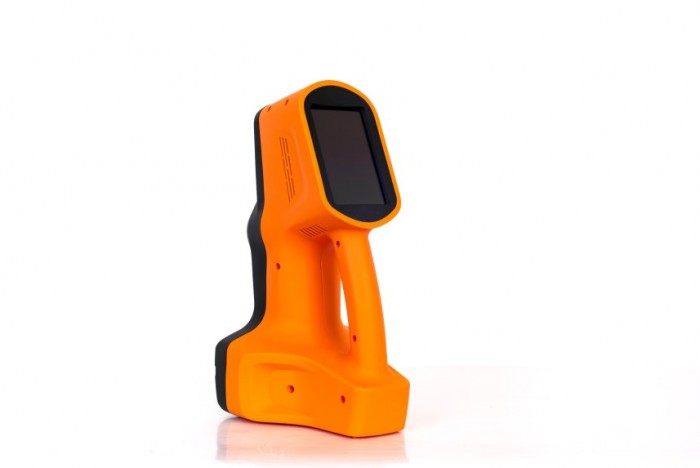
[column lg=”6″ md=”12″ sm=”12″ xs=”12″ ]
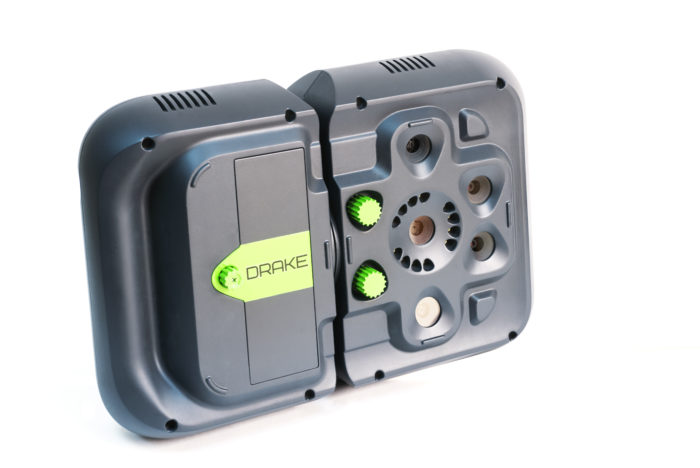
Both Thor3D devices feature a built-in screen and battery but the original (orange) Thor3D scanner won’t let you process scans on the unit itself. For this, you need to transfer your scans to a computer for processing through an USB drive.
Both the Drake and the Artec Leo won’t do full post-processing on the device either, but if I understand correctly they can both generate a 3D model using Real Time Fusion. I found out in my Artec Eva Review that these are less detailed, but certainly suitable for many purposes. And because the raw data is stored, you can always post-process scans with the desktop software suites when more details are required.
So the Drake is the true Leo competitor and if you only need one scan head (because you only scan objects of a certain size or people, for example) the Drake is a lot more affordable. But while the accuracy looks good in the specs, the frame rate of both Thor3D devices maxes out at 10 fps. I’ve not tested these specific devices yet, but from my experience with the EinScan-Pro — which also scans at 10 fps — I learned that this is okay for turntable scanning but on the low side for freestyle scanning. Even the Eva’s 16 fps made a big difference in user experience.
Like I said, I haven’t tested the Thor3D scanners yet and neither did I test the Leo, so future hands-on Reviews will have to prove which one is best. I’m just glad there’s competition in the 3D-scanners-with-build-in-screens market!
To wrap up, here’s some video footage of the Artec Leo at CES 2017:
New #3Dscanning products from @Artec3DScanners at #CES2017 – more updates in our live blog https://t.co/Oll2It8gWX pic.twitter.com/sSbqIqr1y0
— TCT Magazine (@TheTCTMagazine) January 5, 2017
Update – 2 hours after original publishing: The original article assumed that the Leo would run the full Artec Studio 12 software. Based on input from Artec, it has been editied to clarify that the Leo runs its own pre-installed software that can process models using Real Time Fusion and that raw scan data can be sent to Artec Studio 12 on an external computer for more advanced post-processing.
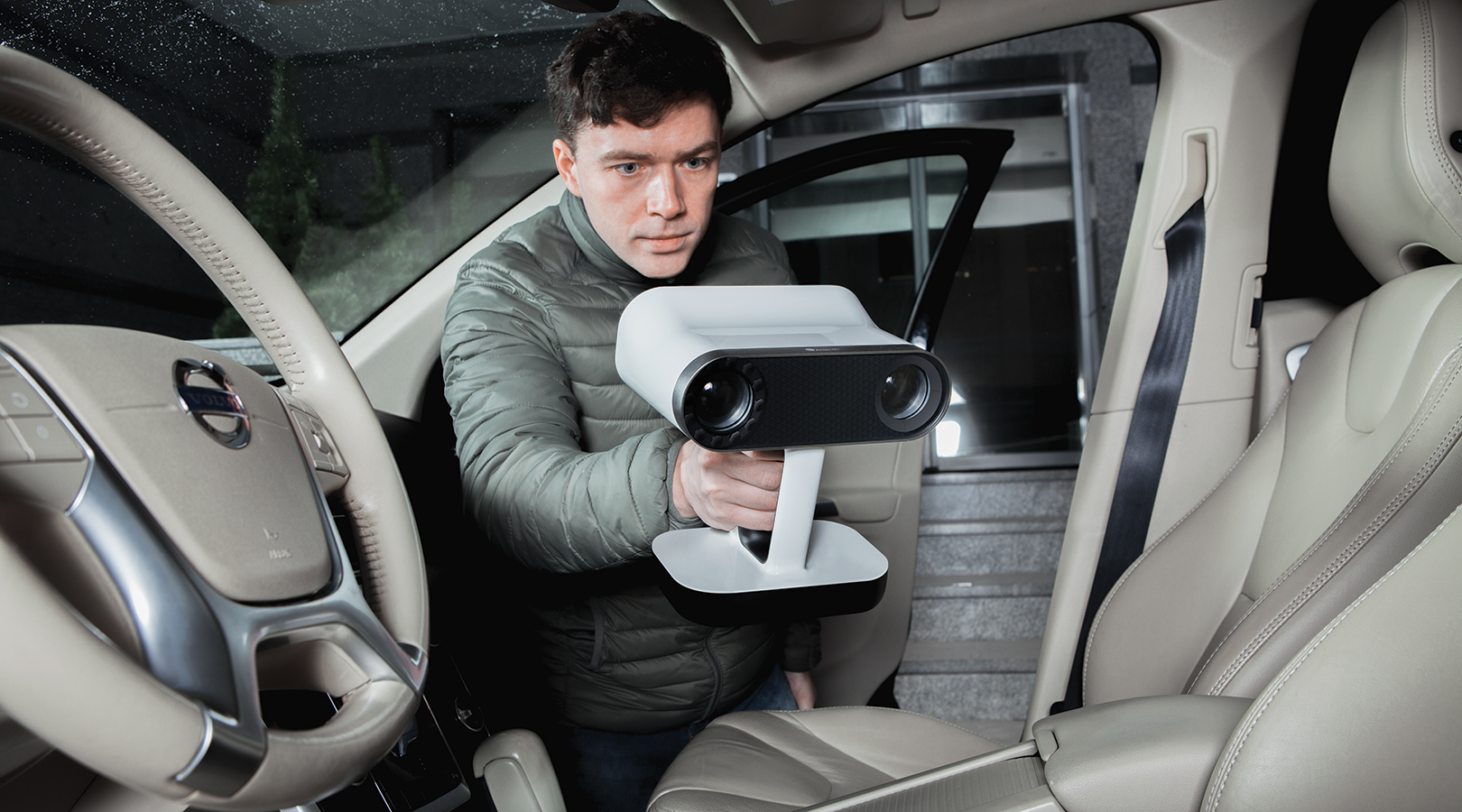
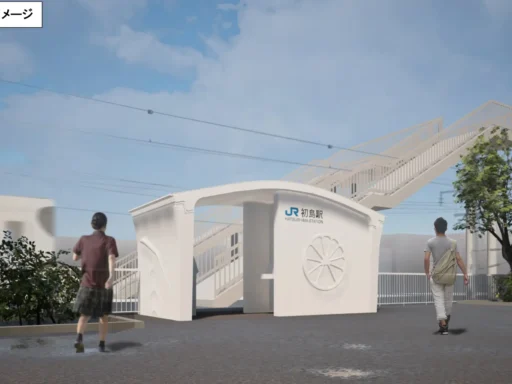
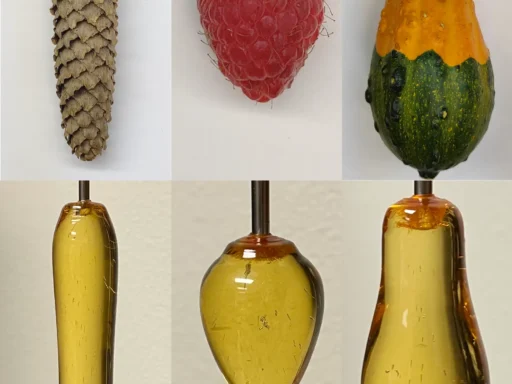
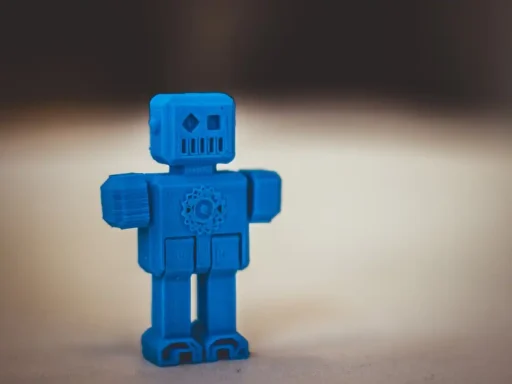

Hi Nick Lievendag , thank for sharing your experience. there is one question : is this device fit for scan various furnitures including the specular surface like stainless steel ?
or is there any other scan devices that can scan the specular/non-roughness surface objects ?
thanks.
Glossy objects will always be a problem for any device that uses light. Those surfaces are usually treated with temporary matting spray before scanning.
How well the Leo performs on tricky surfaces remains to be seen.
Hello Jiexu,
It should be able to scan stainless steel but if it is really shiny it might have a little hard time. We usually spray the shiny objects with a developer spray. The Artec Space Spider scans shiny objects much better due to the fact it is using Blue Light Technology instead of white light. https://rapidscan3d.com/scanners/artec-3d/space-spider
Looking forward to demoing the Leo to customers
Rapid Scan 3D
Thanks for the additional info, Chis.
The Space Spider is scheduled to be reviewed very soon.
Hi Chris and Nick,
thanks for your expertise on this. one more question is what’s the best and suitable scan device for furniture ? Artec Eva? (but seems it can’t handle specular surface?) but furniture has some characteristics that some scanner can’t meet : such as specular / black surface , some has much small details , ect. So from you experience , what scanner device is best for scan most of furniture so far. thanks.
Very appreciate for your answer.
Hi , Nick , there is another question want to consult you :
how do you think the ar phone scan capability: just as ASUS ZenFone AR and Lenovo Phab 2 Pro , i remember you write an article “PREVIEW: 3D ROOM SCANNING WITH CANVAS & STRUCTURE SENSOR” , if i using ASUS ZenFone AR and Lenovo Phab 2 Pro to scan the room , how much accurate can i got compare to STRUCTURE SENSOR for room scan ?
other topic is how do you think about the object scan with Ar phone , especially equip with Scandy https://www.youtube.com/watch?v=IPL544m9gK8&t=15s
could you please do a article on these two topics , i think many people are interest in emerging AR Phone with scan capability.
Thanks.
I’m trying to get either an ASUS or Lenovo phone for testing, since I can’t buy either of them here in The Netherlands. But I’m getting zero response from these companies. I’ll keep trying!
I know Sketchfab CEO Alban Denoyel owns a Lenovo and regularly uploads scans of interiors — made with the Tango Constructor app — like this one of their NY HQ: https://skfb.ly/66JHr
thanks. looking forward your comments when you got these ar phones to test the room-scan and object scan , and that’s kind if you can tell us what’s the best app is best equip with these ar phone for these two scenario . thanks very much
I think it’s good to realize that Tango is really in sort of a public beta state. Or at least a first-gen phase. And what I see now is pretty impressive for that, especially on the ASUS phone which is actually a pretty well-sized phone in comparison to the Lenovo that’s really a phablet. And the ASUS also is a Daydream VR compatible device. I actually want to have it 😛
Hi Nick, this is by far the most detailed article about Artec’s new scanner Leo.
Scan quality is said to be twice as much as Eva’s, although in the article you say only RTF is available, while the Sharp fusion algorithm delivers the best results from a point cloud, therefore I am confused, is Leo better than Eva only in the RTF scenario or will Artec let you export the point cloud from Leo to a post processing station in order to maximize quality with other fusion algorithms?
Cheers
Thanks!
As far as I know (which is not a fact) it’s indeed true that it will only do RTF (quality) on the device itself, but allows you to (wirelessly) copy the files to a PC running the full Artec Studio 12 software with all the (quality) benefits that that offers.
We’ll see if the scan quality is indeed twice as much. The “resolution” might be twice as much but the point accuracy is the same as the Eva. Not sure how that works out in practice. The texture quality should be better too.
For me, it’s really the workflow differences that stand out: bigger field of view, wireless, screen on the device — and 80 fps capturing. That last spec is really mind blowing!